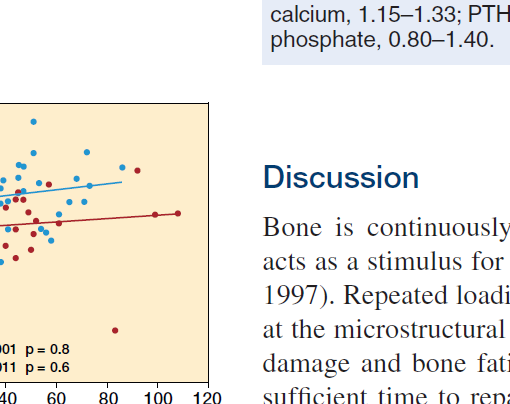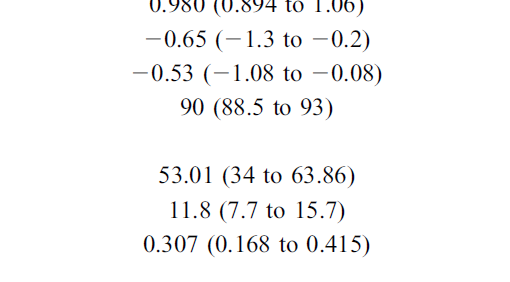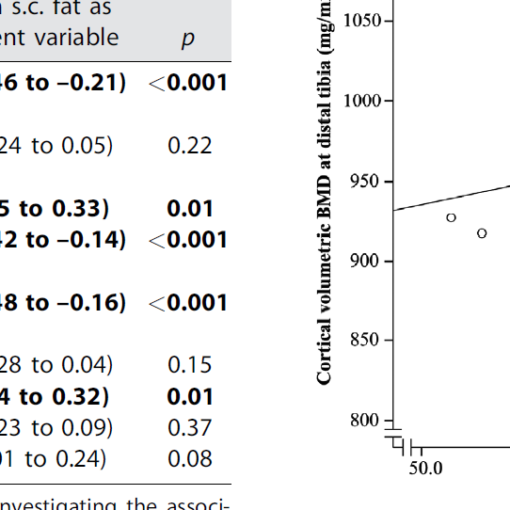Abstract
Diabetes and osteoporosis are both common diseases with increasing prevalences in the aging population. There is increasing evidence corroborating an association between diabetes mellitus and bone. This review will discuss the disease complications of diabetes on the skeleton, highlighting findings from epidemiological, molecular, and imaging studies in animal models and humans. Compared to control subjects, decreased bone mineral density (BMD) has been observed in type 1 diabetes mellitus, while on average, higher BMD has been found in type 2 diabetes; nonetheless, patients with both types of diabetes are seemingly at increased risk of fractures. Conventional diagnostics such as DXA measurements and the current fracture risk assessment tool (FRAX) risk prediction algorithm for estimating risk of osteoporotic fractures are not sufficient in the case of diabetes. A deterioration in bone microarchitecture and an inefficient distribution of bone mass with insufficiency of repair and adaptation mechanisms appear to be factors of relevance. A highly complex and heterogeneous molecular pathophysiology underlies diabetes-related bone disease, involving hormonal, immune, and perhaps genetic pathways. The detrimental effects of chronically elevated glucose levels on bone should be added to the more well-known complications of diabetes.
https://www.ncbi.nlm.nih.gov/pubmed/25648962
Curr Osteoporos Rep. 2015 Apr;13(2):106-15. doi: 10.1007/s11914-015-0260-5.




